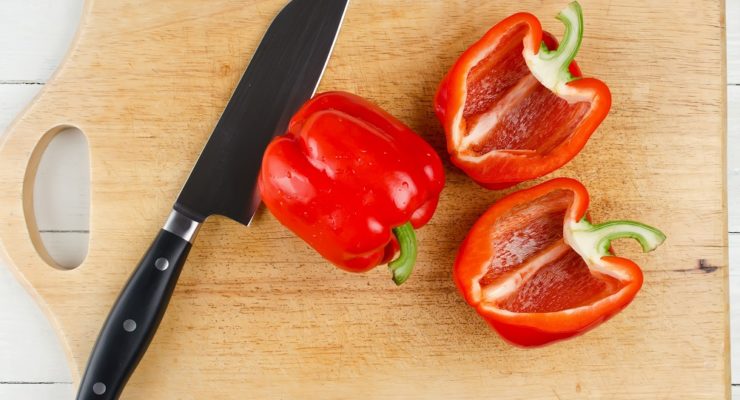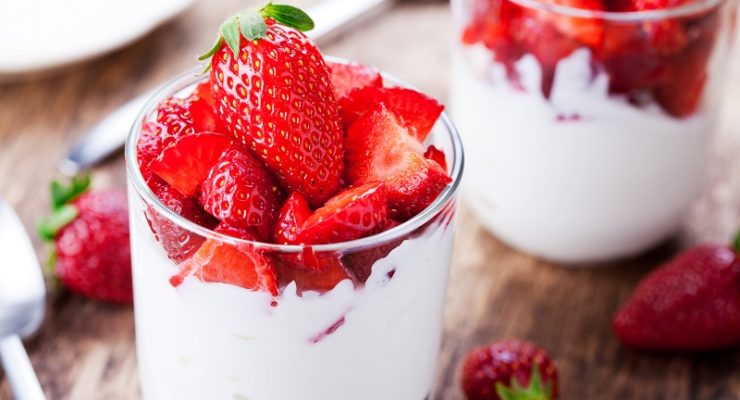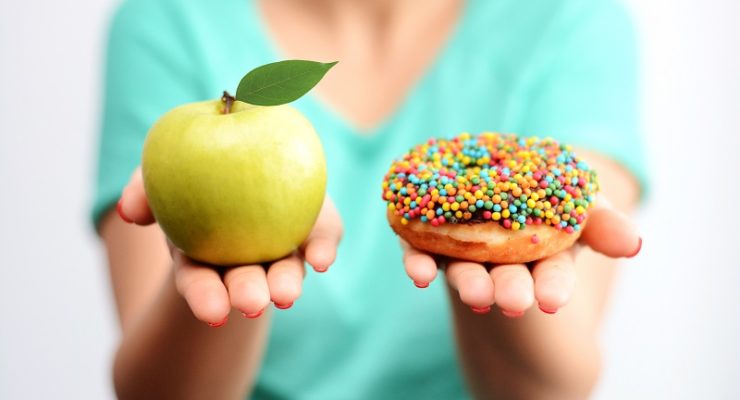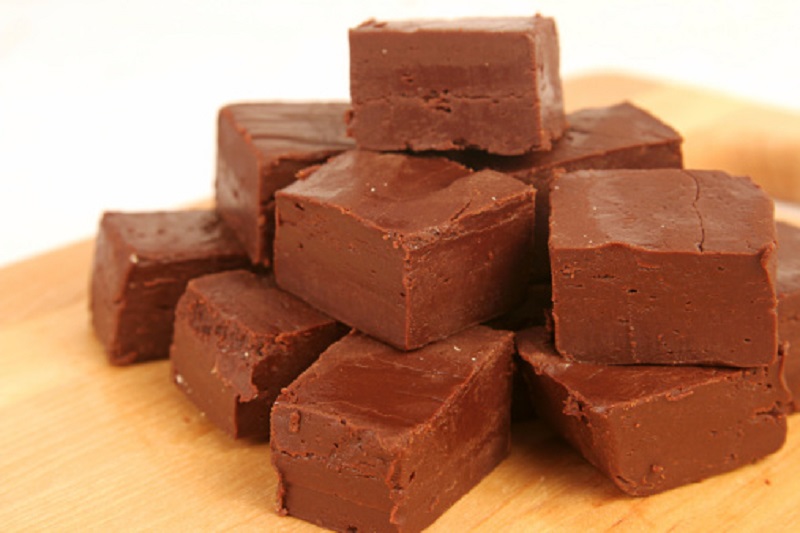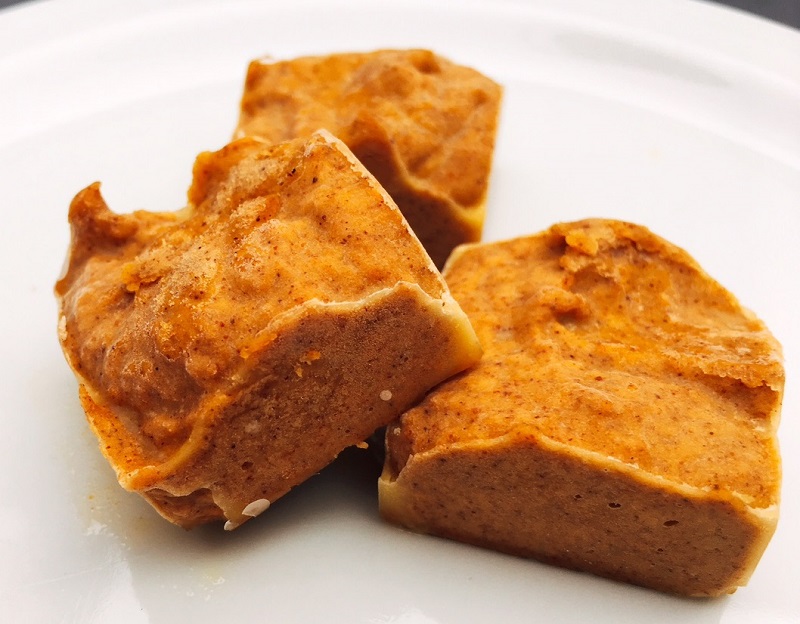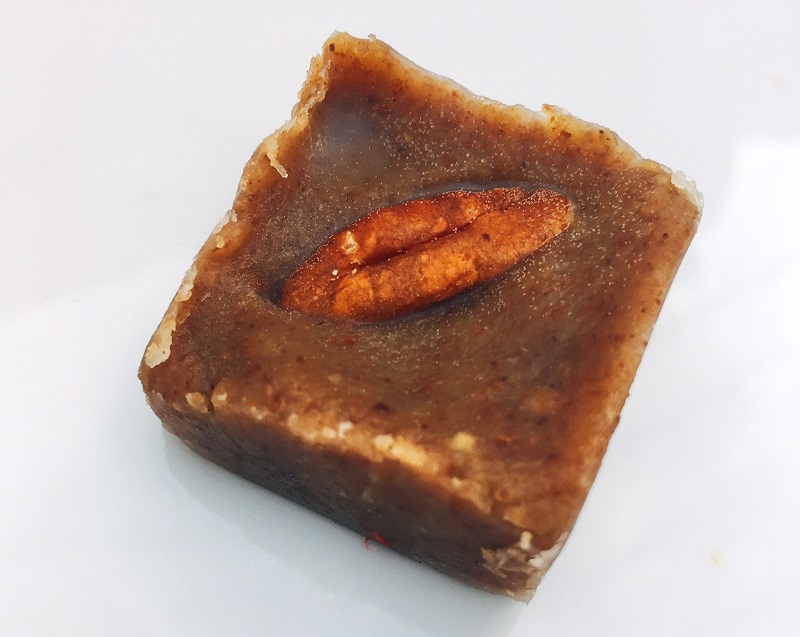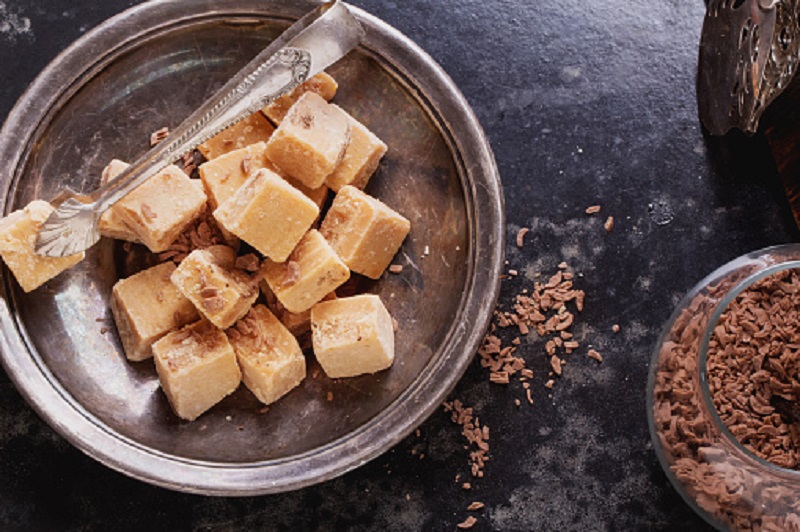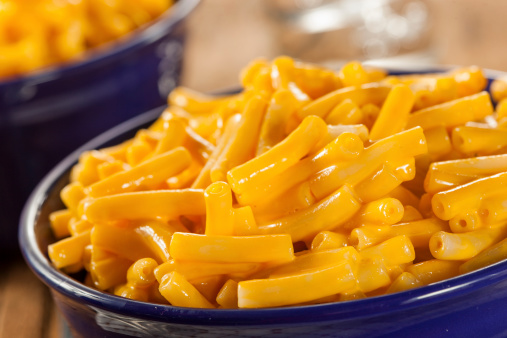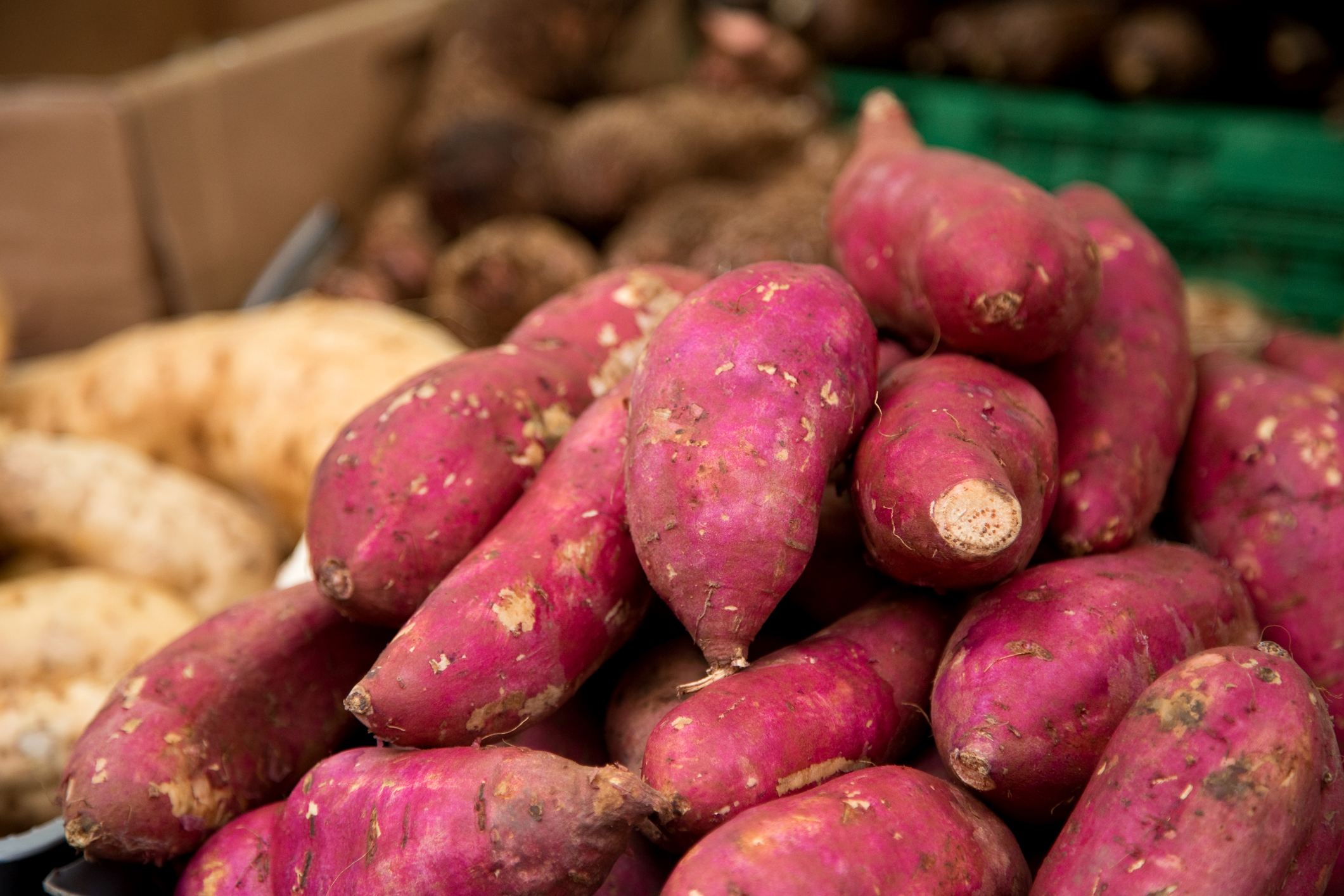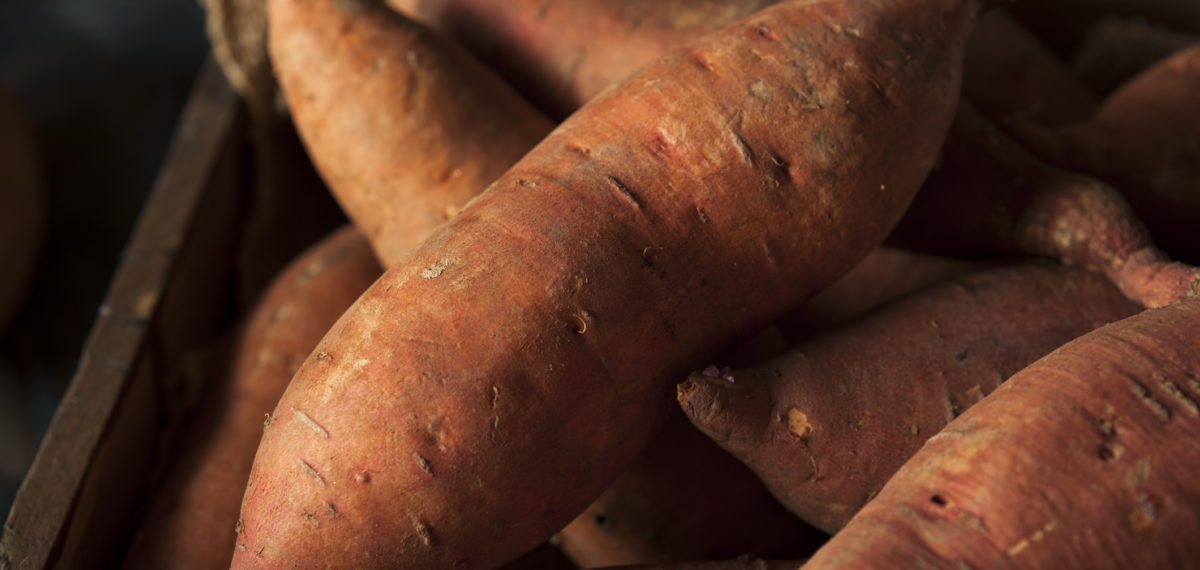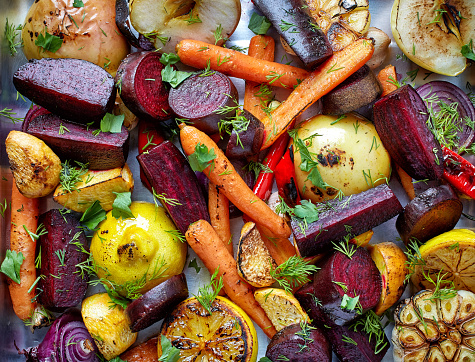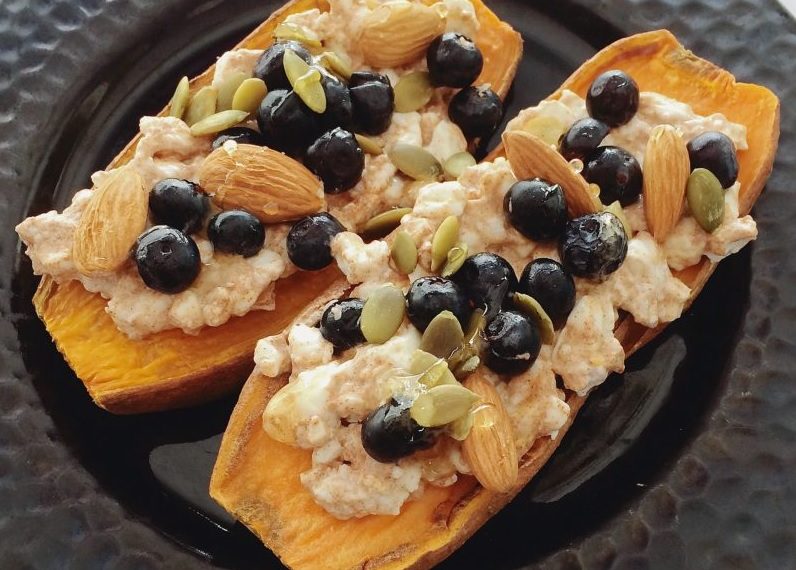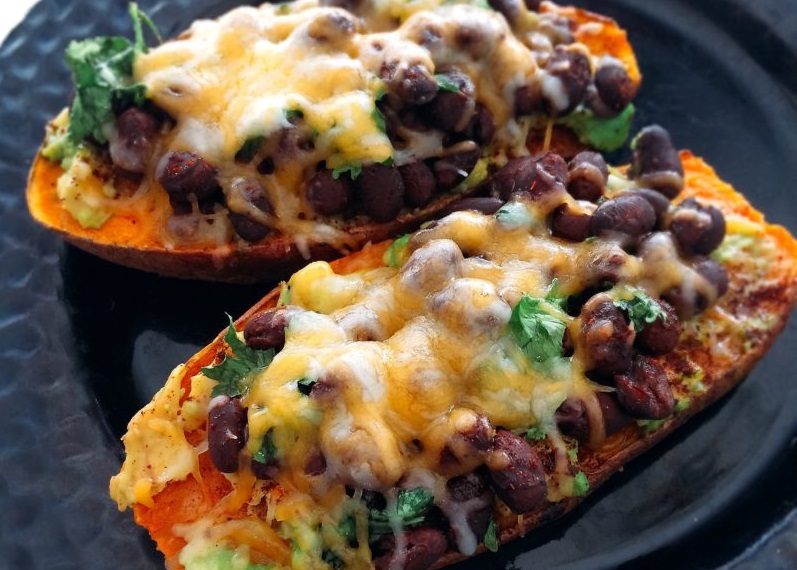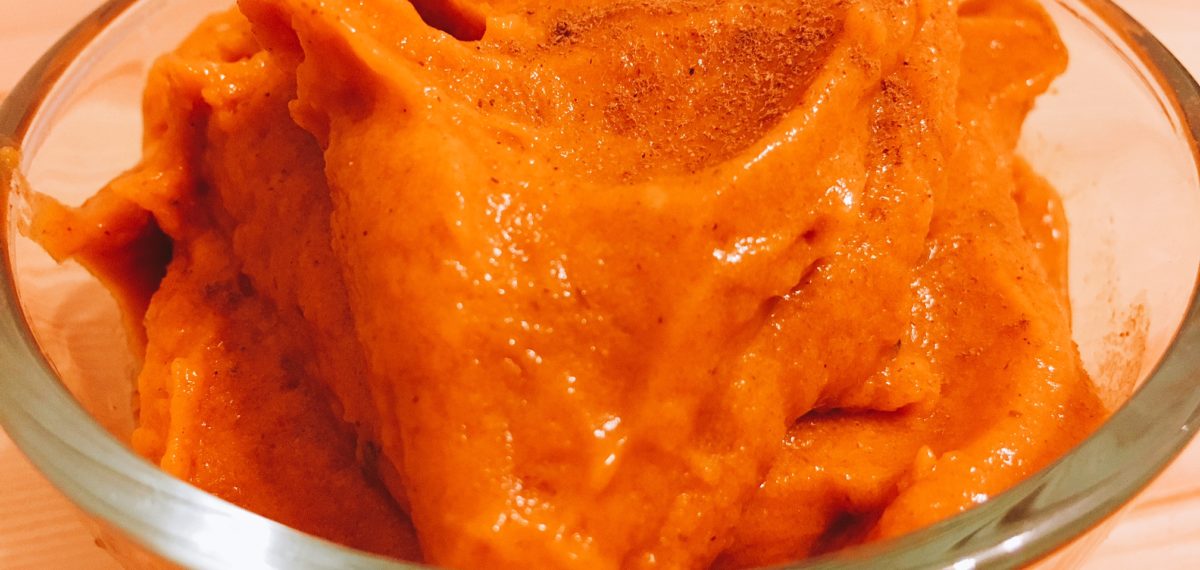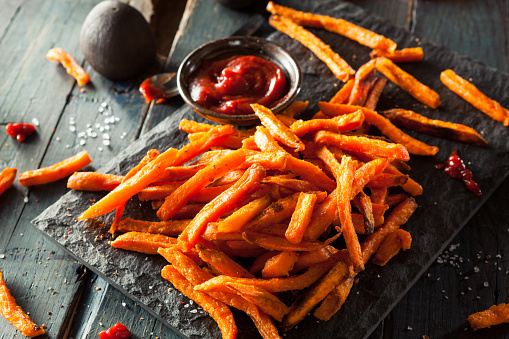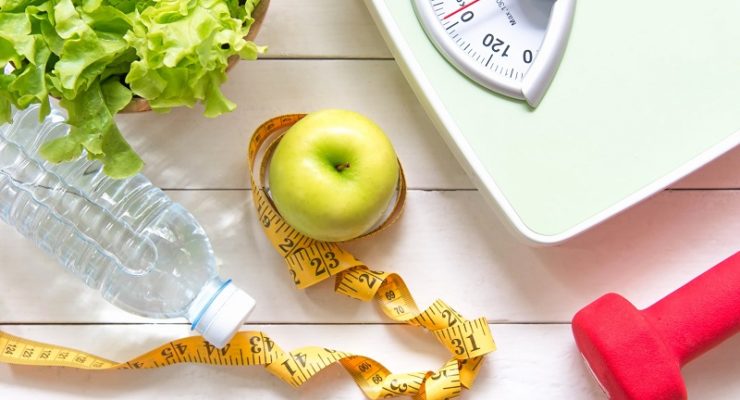10 Foods High in Vitamin C
Vitamin C is one of the most talked-about nutrients. Most of us are aware that it is essential for our health and immune system, but do you know why or how much of it you need each day? How can you be sure that you are getting enough? These days, it’s more important than ever to maintain a healthy supply of vitamin C, so we’ve put together this quick guide to everything you need to know about it and how you can get it from your daily diet.
Why is Vitamin C Important?
Healing wounds. According to the National Institutes of Health, your body uses vitamin C to produce collagen, proteins that form the primary structure of skin, cartilage and other soft tissues. When you suffer from a wound or bruise, your body replenishes the damaged area with fresh collagen.
Cancer protection. Vitamin C is an antioxidant. This means that it helps to neutralize “free radical” cells that damage healthy cells, blocking the first step in a chain reaction that may lead to cancer. “Epidemiologic evidence suggests that higher consumption of fruits and vegetables is associated with lower risk of most types of cancer, perhaps, in part, due to their high vitamin C content,” says the National Institutes of Health.
Heart disease reduction. People who don’t consume enough vitamin C are more likely to suffer from cardiovascular diseases, such as atherosclerosis, the condition in which arteries are clogged with excess cholesterol, according to a report from the National Institutes of Health.
Immune system support. We all are looking to give our bodies extra protection from infectious diseases. According to research, published in the journal Nutrients, “Vitamin C contributes to immune defense by supporting various cellular functions of both the innate and adaptive immune system.”
Weight loss. Leptin is a hormone that lets your body know when you’ve eaten enough food to satisfy its needs. According to the Journal of Molecular Endocrinology, vitamin C helps to regulate leptin levels in your body, ensuring that you don’t overeat. A steady supply of vitamin C helps you stay on track with your weight loss plan.
How Much Vitamin C Do You Need?
Your body cannot produce its own vitamin C, so you need to get it from the food you eat. The National Institutes of Health has recommended these daily consumption levels:
- 90 mg for adult males
- 75 mg for females
- 85 mg for pregnant women
- 120 mg for breastfeeding women
- An additional 35 mg for people who smoke
Always speak to your doctor if you have any questions or concerns about your vitamin C status, needs or supplements.
10 Foods High in Vitamin C:
The best sources for vitamin C are real foods. Supplements are available, but food comes with other essential nutrients, says Harvard Health Publishing. The National Institutes of Health provides a list of vitamin C-rich foods that can be incorporated into a healthy diet. We chose our top 10 favorite picks for your Nutrisystem plan and provided some delicious and fresh ideas for enjoying them.
1. Red Peppers

You get the highest concentration of vitamin C per serving in these colorful sweet red bell peppers. Orange, yellow and green peppers are also rich sources of the nutrient.
Try this: Roasted Red Pepper & Turkey Pinwheel Wraps make a quick and satisfying Flex lunch you can take on the go.
2. Oranges

Citrus fruits, including oranges, grapefruit and lemons, are another vitamin C-rich food source. While you get plenty of vitamin c from fresh-squeezed juice, eating the whole fruit also provides fiber that helps you feel full long after you’re finished.
Try this: Cacao Citrus Salad is a colorful breakfast or light lunch that brings together a mix of vitamin-C rich fruit flavored with maple, vanilla, and cacao nibs.
3. Strawberries

These bite-sized treats are high in fiber as well as vitamin C and other key nutrients. You can eat the strawberries whole, add them to smoothies or in other dishes.
Try this: When you’re looking for a cool and creamy snack that fits your weight loss plan and gives you just about a whole day’s supply of vitamin C, whip up a batch of our 2-Ingredient Strawberry Froyo.
4. Broccoli

You probably already know that non-starchy vegetables such as broccoli are a critical part of your daily diet because they are high in fiber and nutrients yet low in calories. Enjoy broccoli raw or lightly steamed. You can even add it to many of your favorite Nutrisystem meals!
Try this: Broccoli and Cheese Breakfast Muffins are a tasty way to start your day with a healthy serving of vegetables.
5. Brussels Sprouts

These bite-sized members of the cabbage family are one of most nutrient-dense foods, meaning they are packed with a wide range of nutrients but are very low in calories. They taste their best in fall, after a light chill has sweetened their flavor.
Try this: The whole family will love the gooey goodness of our 4-Step Cheesy Brussels Sprouts Bake.
6. Cantaloupe

The orange-fleshed melon is so sweet and juicy you don’t need another reason to eat it often, but you’ll also be glad that it loads you up with vitamin C and fiber. For a refreshing drink, freeze cantaloupe cubes and add them to low-sodium seltzer.
Try this: Grilling adds another layer of flavor to cantaloupe. Cut the flesh into cubes (with rind removed) and slide them on to skewers. Cook them over medium heat for four to six minutes, turning frequently. Check out our other ideas for grilled fruit! >
7. Cauliflower

It’s easier than ever to get your daily vitamin C from cauliflower because there are so many delicious ways to eat it—raw with dip, steamed or roasted, ground into rice-like grains, whipped with potatoes, and even rolled into pizza crust.
Try this: 5-Ingredient Buffalo Cauliflower Bread Sticks are a festive snack that you can serve for a celebration or enjoy any day of the week.
8. Kiwi

These fuzzy fruits are perfectly portable. They are great for throwing in your lunch bag for a quick and easy snack. Just slice them in half, grab a spoon and scoop out the sweet, green flesh. Add them to plain, non-fat Greek yogurt for a slightly sweet and sour twist.
Try this: You get two vitamin-C rich foods in the Kiwi Strawberry Slushie, yet it counts as only one SmartCarb on the Nutrisystem weight loss plan.
9. Tomatoes
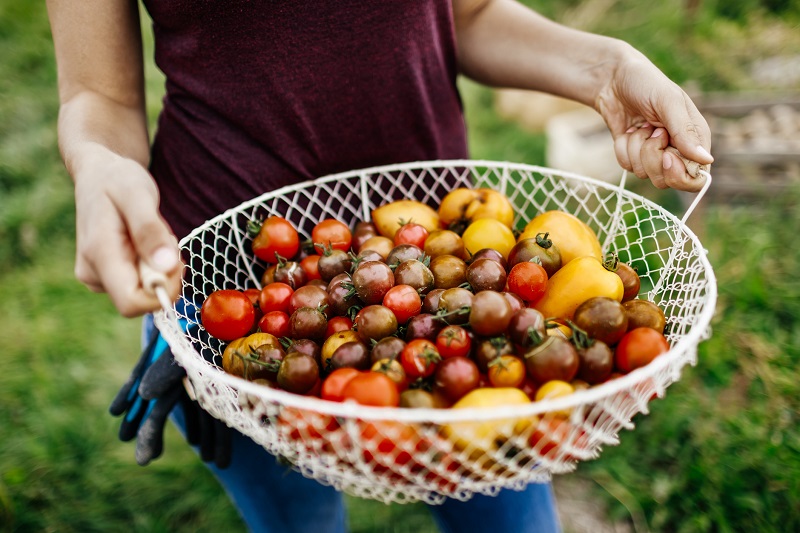
As a sandwich topping, in a salad or in marinara sauce, tomatoes come with plenty of vitamin C, along with a powerful antioxidant known as lycopene, says Healthline. Be sure to eat the skin, where many of the nutrients are found.
Try this: With an instant pot, you can enjoy a warm and delicious Tomato Basil Frittata in under 30 minutes.
10. Pineapple

If you love tropical flavors, pineapple is a delicious source for your daily vitamin C, says Healthline. Many grocery stores now sell it already sliced and ready to eat, so you don’t have to deal with figuring out when it’s perfectly ripe and juicy.
Try this: Cinnamon Sugar Air Fryer Grilled Pineapple is crispy on the outside, juicy on the inside, and sweet and cinnamon-y in every bite.
The post 10 Foods High in Vitamin C appeared first on The Leaf.
from The Leaf https://leaf.nutrisystem.com/vitamin-c-foods/
